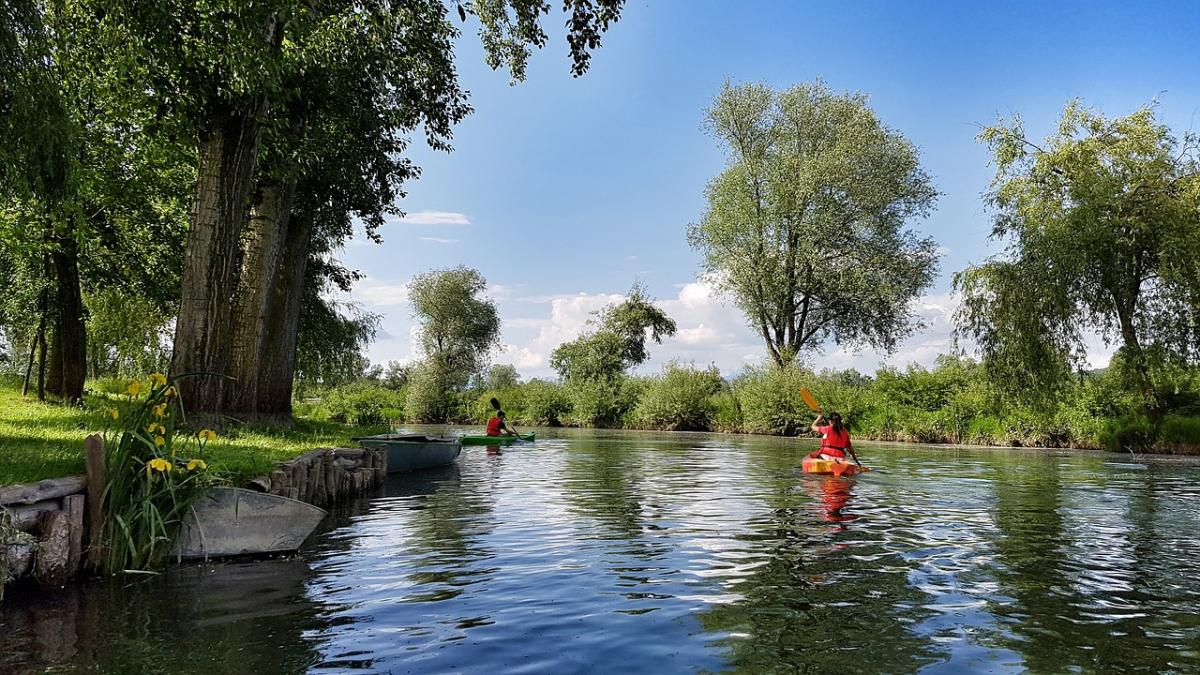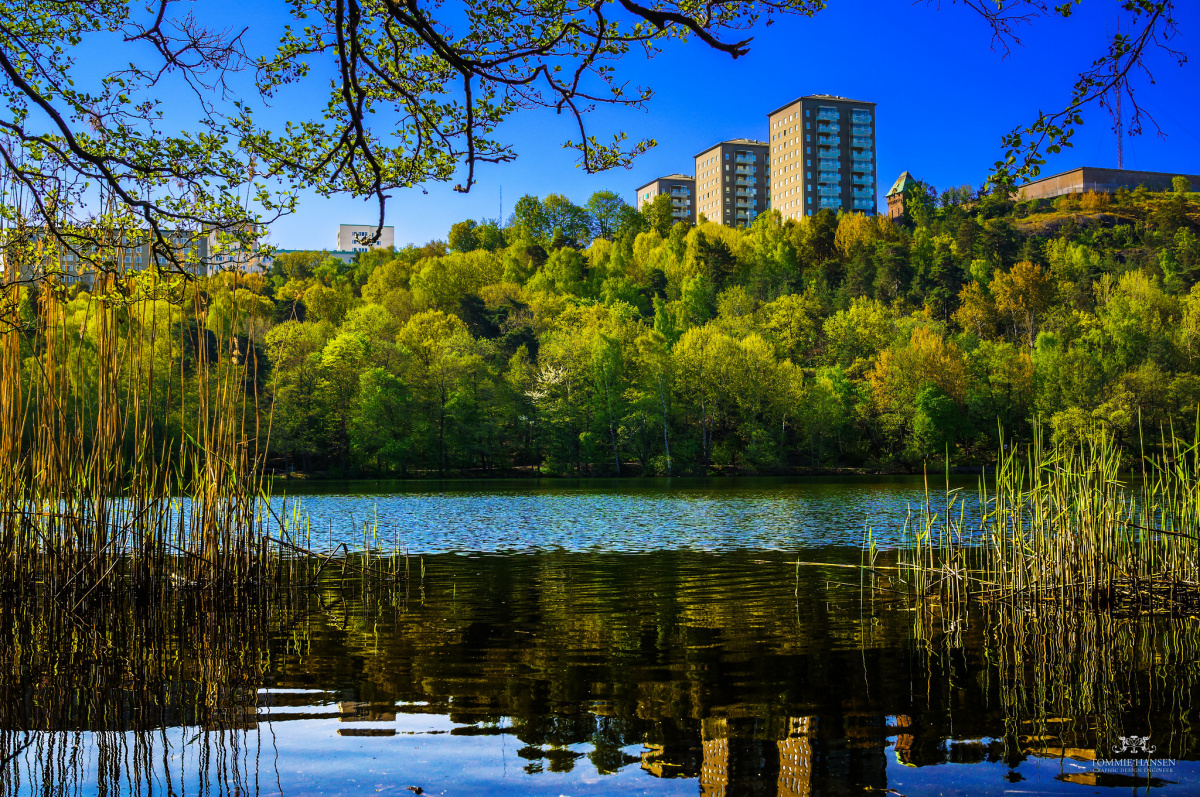Natural Capital, the secret to sustainable cities
In our search for better management of natural capital, cities are where the difference can be made. City authorities often show genuine leadership in protecting the natural environment, and pursue ambitious targets beyond those set at national and international levels. They recognise the immense potential of using ecosystems, such as forests, wetlands, peatlands and urban green spaces, for climate change adaptation and mitigation. These ecosystems can store carbon and purify water, improve the health and wellbeing of citizens, and reduce the impacts of flooding and the urban heat island effect.

Photo: Pixabay
The extensive green spaces found in many cities are often part of an integrated network that links them to forests and other natural ecosystems far outside the city. To ensure this interconnectivity at the governance level, regional authorities have a crucial role in the protection and management of natural resources and landscape planning, and in demonstrating the benefits of nature-based solutions to societal challenges like climate change.
Cities and regional governments need to be recognized for their important contribution in determining the sustainability of our planet, and the essential role they have in achieving the Sustainable Development Goals and biodiversity targets. In recent years, the IUCN European Regional Office has been exploring connections between our organization’s work on biodiversity protection and on promoting the value of urban nature and its links to ecosystems outside cities.
This has led to exciting new projects and partnerships, and the discovery of a vast amount of scientific information on urban ecosystems, as well as inspiring examples that showcase the untapped potential of nature to improve living conditions in cities. “Cities of Tomorrow” will be one of the main topics explored at the World Forum on Natural Capital, taking place from 27-28 November in Edinburgh, UK.
A few years ago, the Cities and Biodiversity Outlook, the first global assessment of the impact of urbanization on biodiversity and ecosystems, gave a good overview of the challenges and opportunities for cities in managing ecosystem services to benefit their citizens, society and economy. Taking action starts with acknowledging and assessing the value of nature, and integrating it in urban decision making. In this way, it can be put on an equal footing with economic and social capital in the planning and design of cities, parks and buildings.
The London Borough of Barnet, for example, has created a Corporate Natural Capital Account, which provides evidence to quantify the economic, social and environmental benefits of its green infrastructure assets. This account shows the enormous value of parks and open spaces for the wellbeing of the residents. The total value of these benefits is estimated at more than £1 billion over the next 25 years, with the costs of maintaining them estimated at £72 million.
Meanwhile, the local government responsible for the Nakivubo Swamps, adjacent to Uganda’s capital Kampala, proposed draining this area to make way for agriculture until a study revealed that this ecosystem provides a valuable service by filtering organic waste and other effluents from the city. The study indicated that a water-purification facility capable of performing the same service would cost several millions of US dollars to construct and $2 million a year to maintain. The value of converting land for agriculture would have been offset by the cost of losing the sewage-treatment capacity of the swamps (Cities and Biodiversity Outlook, 2012).
The European Commission Directorate General for Research and Innovation has recently started to invest in large scale demonstration projects for nature-based solutions in cities through Horizon 2020, the EU Framework Program for Research and Innovation. IUCN is a partner in one of the funded projects, GrowGreen, which aims to create climate and water resilience, healthy and livable cities by investing in nature-based solutions, through working together with urban stakeholders across Europe and the world. At the heart of the project is the promotion and uptake of nature-based solutions by citizens and businesses, and new public-private partnerships.
Many cities are working hard to address complex environmental problems, such as storm-water runoff, heat and air pollution, and they are demonstrating how investing in nature can help to respond to these challenges. Much is already known, but more work is needed to establish a comprehensive understanding of when, where, and how investment in natural capital contributes to society and the economy. To fully tap the benefits that natural capital can provide, it is it is important to develop a governance framework that promotes nature-based solutions, while reducing harmful practices and subsidies.
Cities will not achieve their ambitious goals for “greening” without support to mobilize the required financing. Innovative financing and business models, such as impact investing, green bonds and voluntary private sector investment in ecosystem restoration, can help pave the way towards large-scale implementation of nature-based solutions. These are just some of ways cities will become true Natural Capitals!
Chantal van Ham, IUCN’s EU Programme Manager for Nature-based Solutions, and Luc Bas, Director, IUCN European Regional Office in Brussels
The World Forum on Natural Capital, taking place in Edinburgh, Scotland on 27, 28 November. For more details visit: www.naturalcapitalforum.com



